Europe’s dense woodlands conceal thermal treasures that have bubbled up from deep underground for thousands of years, creating natural spas where ancient trees meet healing waters. These forest hot springs offer something no resort can replicate—the primal combination of warm mineral water and wild nature that our ancestors knew long before the first Roman bathhouses. Many remain largely unknown to tourists, accessible only through hiking trails that wind past centuries-old oaks, pines, and beech trees.
Here is a list of 20 European hot springs hidden deep within forested landscapes where nature provides the ultimate wellness experience.
Reykjadalur Valley, Iceland
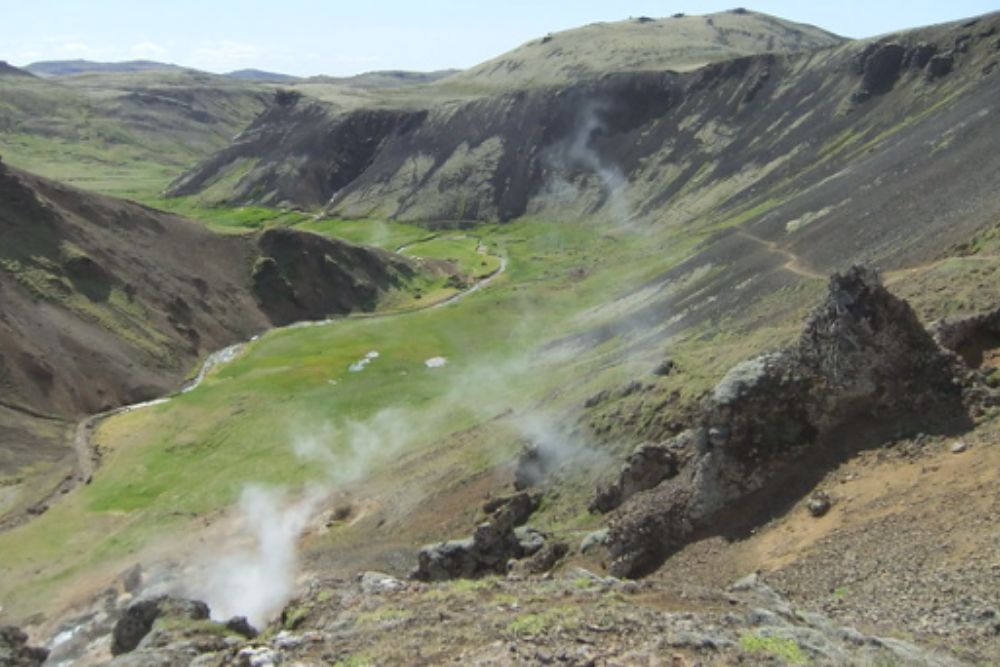
This geothermal river flows through a birch forest valley where hikers can soak in naturally heated stream water surrounded by steaming vents and colorful mineral deposits. The three-mile trail winds through landscapes that feel like stepping onto an alien planet, with sulfur springs creating rainbow patterns on rocks.
Wooden changing platforms built by previous visitors, dot the riverbank, though most people simply wade in wearing whatever they brought.
Bagni San Filippo, Italy
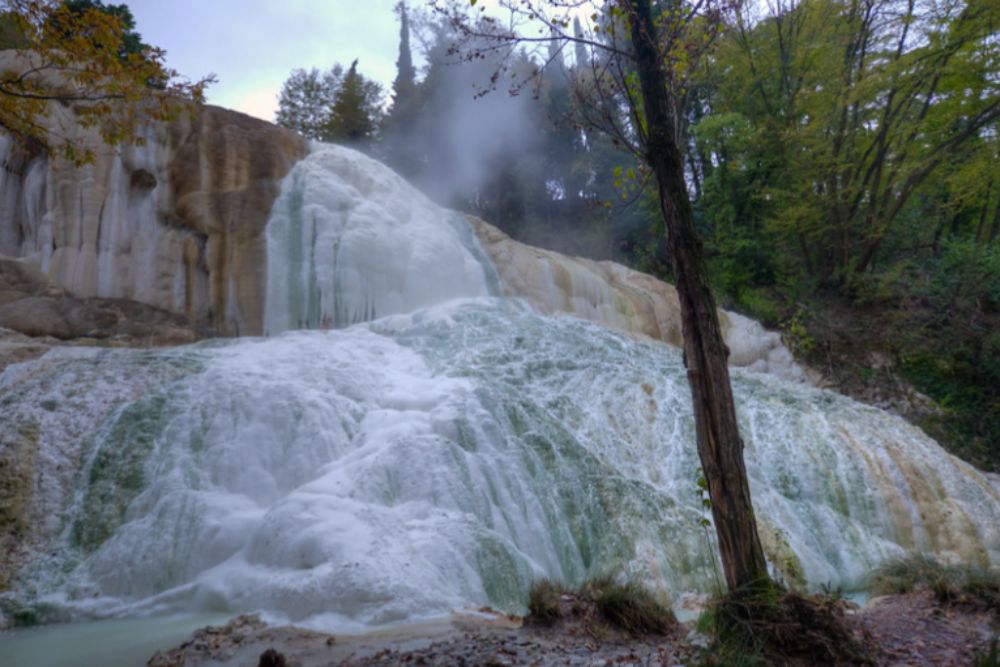
Ancient chestnut forests surround these limestone terraces, where mineral-rich water has created white formations often compared to Turkey’s Pamukkale. The thermal pools cascade down hillsides covered in oak and beech trees, creating natural infinity pools with forest views that change with the seasons.
Local Italians have soaked here for centuries, though the springs remain virtually unknown to international tourists despite being just 20 miles from popular Tuscan destinations.
Like Travel Pug’s content? Follow us on MSN.
Caldas de Monchique, Portugal
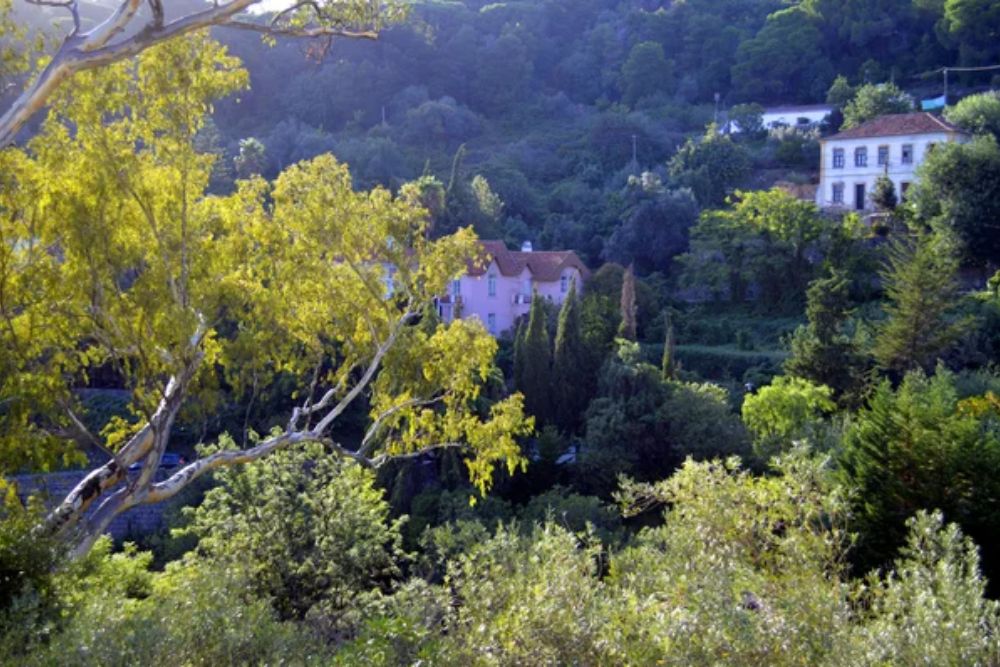
Cork oak forests shelter these Roman-era springs where thermal water emerges at a perfect 89 degrees Fahrenheit year-round. The forested hillsides around the springs produce the cork used in wine bottles worldwide, creating an ecosystem where ancient trees and healing waters support both wildlife and traditional industries.
Stone pools built by the Romans still function today, though nature has softened their edges with moss and ferns.
Bad Gastein Valley, Austria
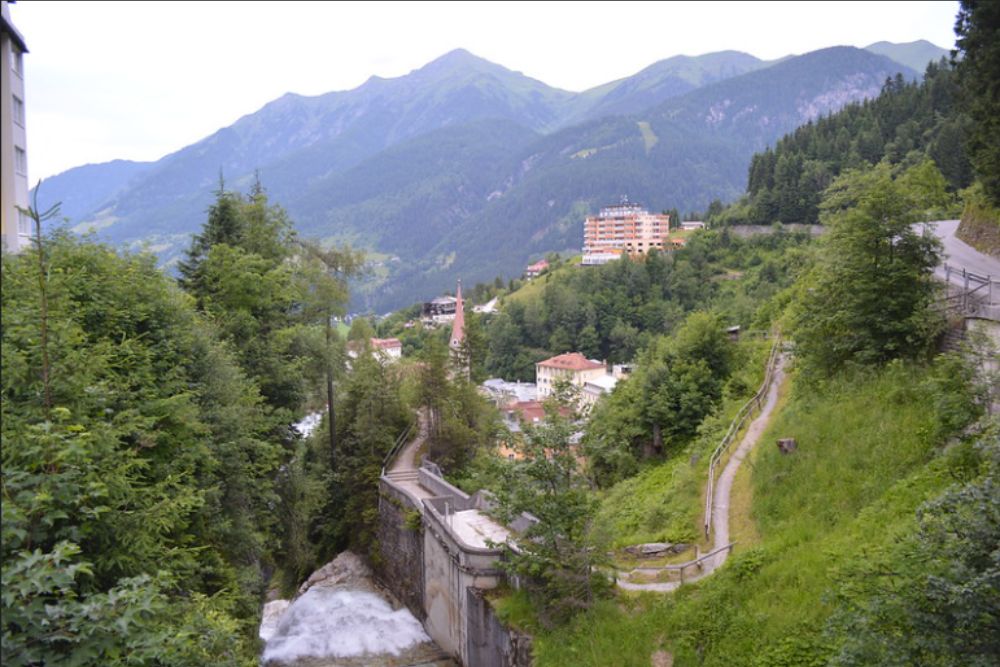
Hidden forest springs feed the famous spa town through underground channels that emerge in secluded woodland pools accessible only to hikers willing to venture off marked trails. Alpine spruce and larch trees create cathedral-like spaces where thermal water bubbles up through granite bedrock, worn smooth by centuries of flowing water.
Local hunters and foresters have used these secret spots for generations, following traditions that predate the town’s tourist industry.
Landmannalaugar Highlands, Iceland
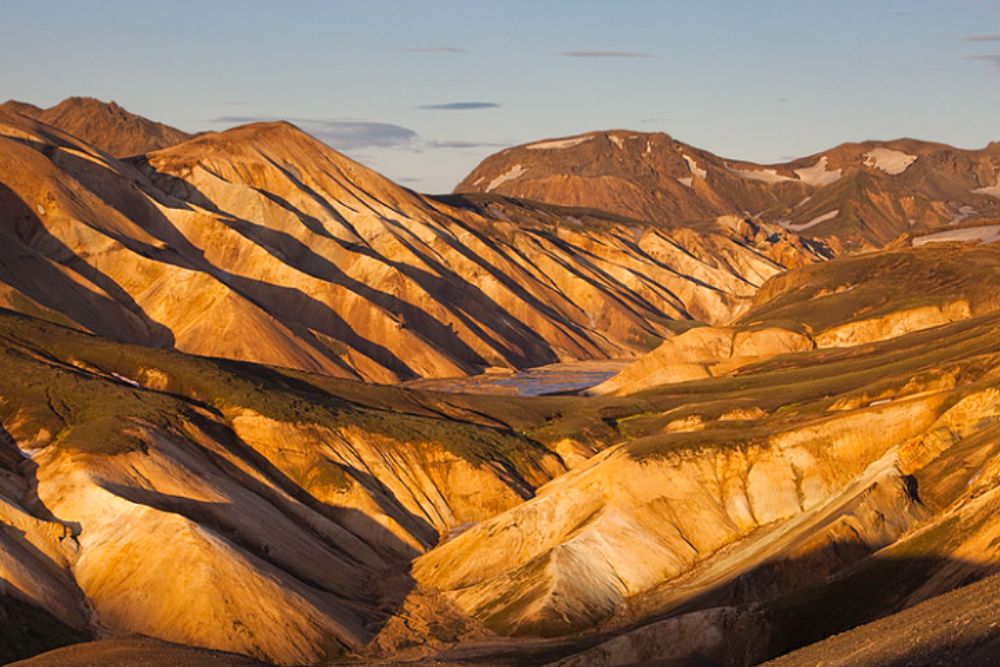
Rhyolite mountains and birch forests create otherworldly landscapes where natural hot springs emerge amid colorful volcanic rock formations. The highland location means these springs are accessible only during summer months, when snow melts, clearing the hiking trails that wind through this protected wilderness area.
Icelandic horses graze near the springs, seemingly unbothered by the contrast between steaming water and snow-capped peaks visible through the trees.
Like Travel Pug’s content? Follow us on MSN.
Széchenyi Baths Region, Hungary
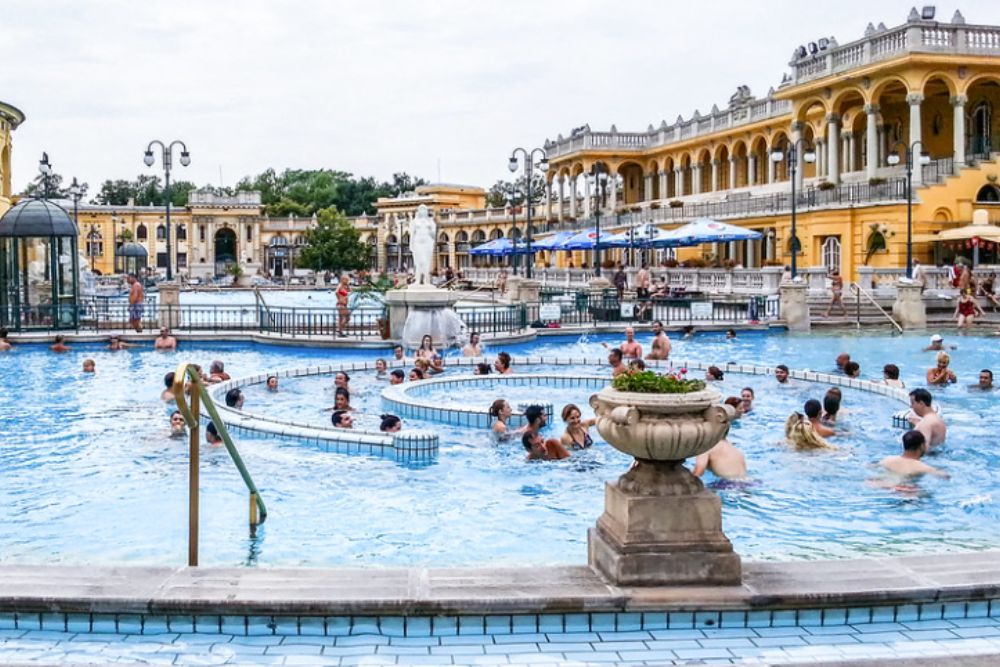
Ancient oak forests near Budapest conceal smaller thermal springs that feed the famous city baths through underground networks mapped by Hungarian geologists. These woodland sources maintain constant temperatures even during harsh winters when surface streams freeze solid.
Local foragers know which springs stay warm enough for winter soaking, creating informal communities of thermal enthusiasts who gather during the coldest months.
Vals Valley, Switzerland
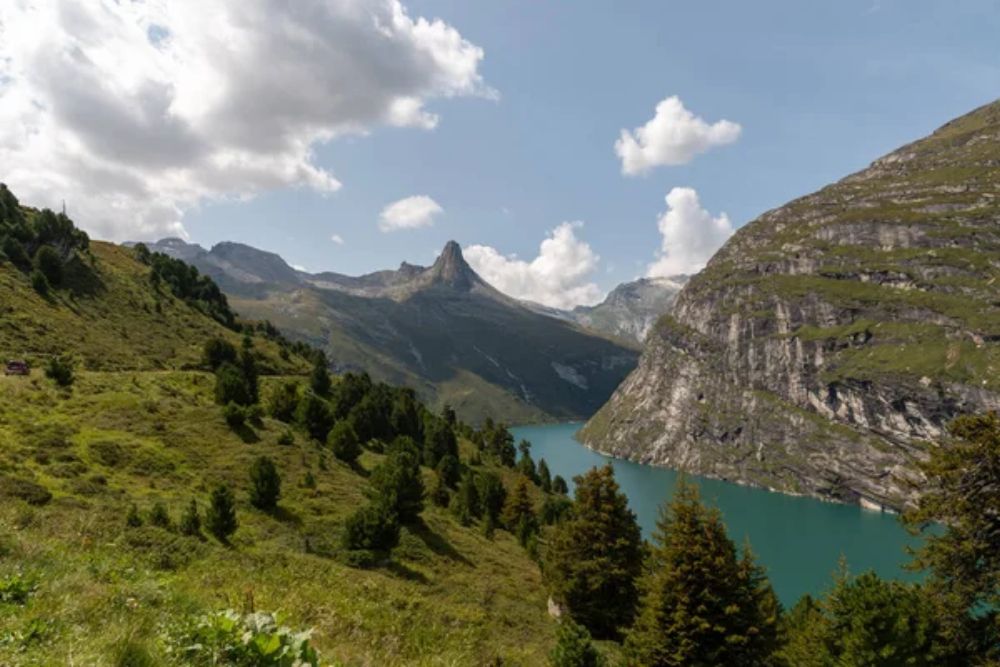
Deep spruce forests hide the source springs that supply the architecturally famous Therme Vals, with hiking trails leading to natural pools where the water first emerges from the mountain bedrock. The forest springs maintain the same mineral composition as the expensive spa, offering identical therapeutic benefits without the luxury price tag.
Mountain streams carrying thermal water create microclimates where Mediterranean plants somehow survive at alpine altitudes.
Karlovy Vary Outskirts, Czech Republic
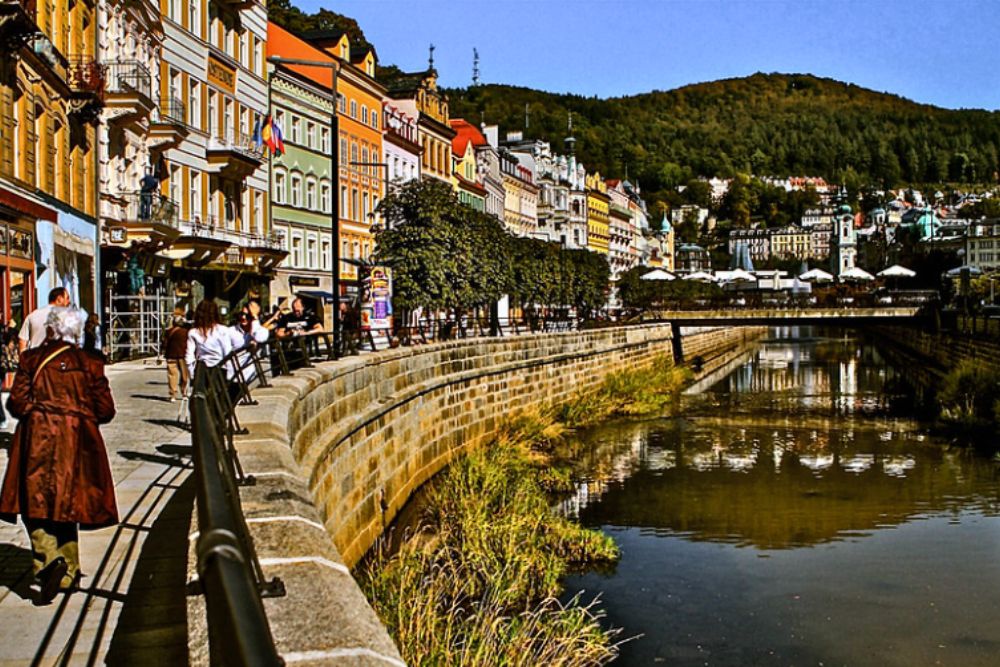
Bohemian Forest springs discovered by Holy Roman Emperor Charles IV remain hidden in woodlands where deer and wild boar drink from mineral-rich streams. These forest sources supply the famous spa town through channels carved by medieval engineers, who recognized that the best thermal water originates from deep forest aquifers.
Beech and spruce trees create natural windbreaks that protect the springs from harsh mountain weather.
Like Travel Pug’s content? Follow us on MSN.
Băile Herculane Wilderness, Romania
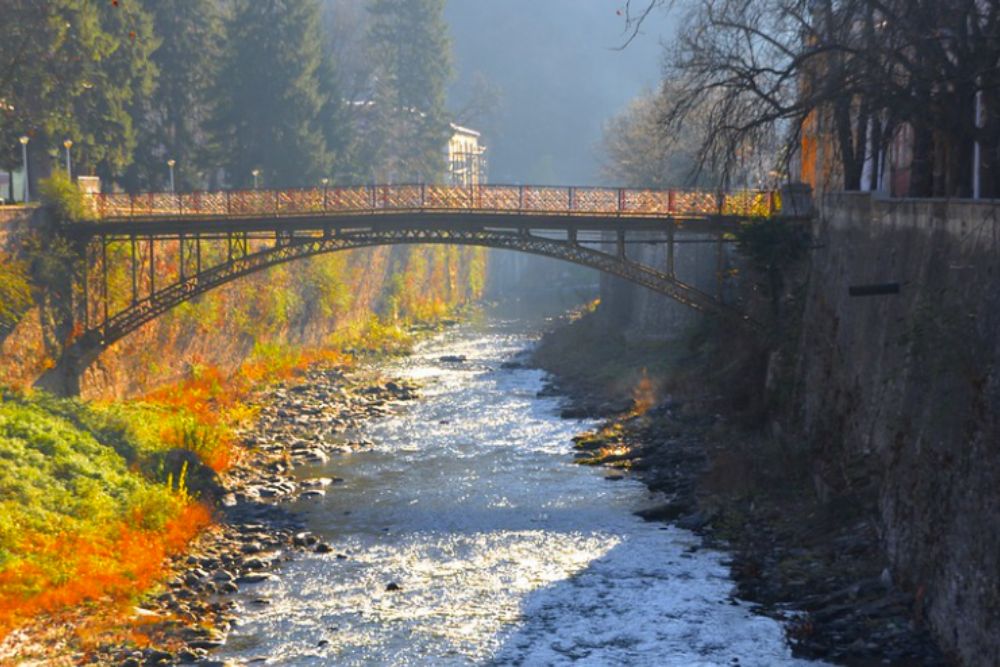
Carpathian Mountain forests conceal Roman bath ruins where thermal springs continue flowing through stone pools built by legions stationed on the empire’s distant frontier. Ancient beech trees grow through crumbling Roman walls, creating scenes where nature and history blend in ways that feel both haunting and healing.
Brown bears occasionally visit these springs, leaving paw prints in mineral deposits that harden like concrete.
Termas de Outariz, Spain
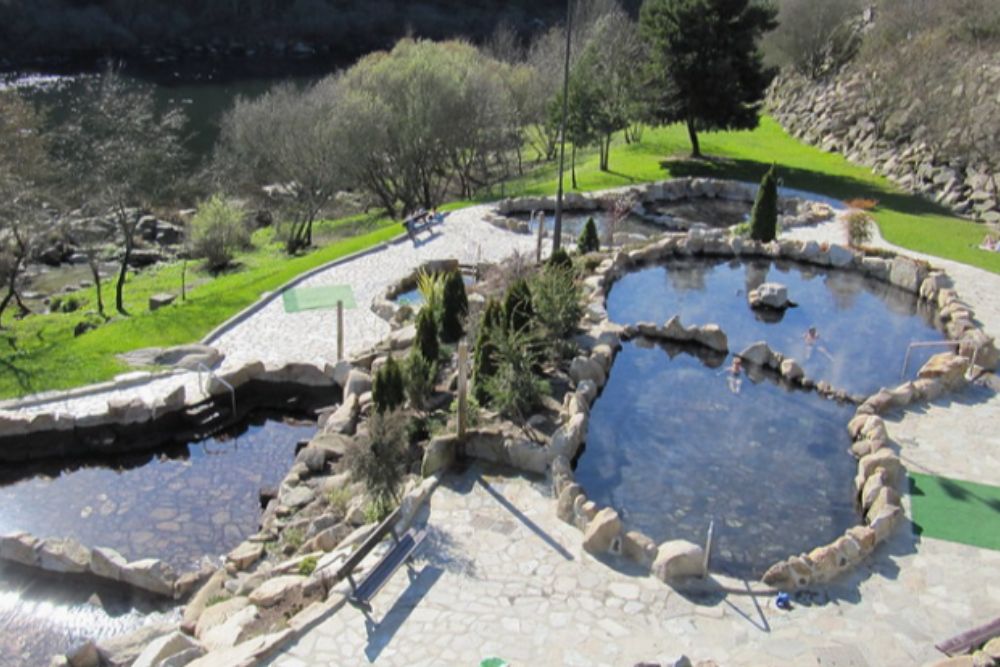
Galician forests along the Miño River hide these restored Roman baths, where thermal water flows through stone channels surrounded by oak and chestnut trees. The riverside location creates perfect conditions for soaking while listening to water flowing over rocks worn smooth by centuries of current.
Local families have maintained informal traditions of forest bathing that combine Celtic wellness practices with Roman engineering.
Saturnia Springs Source, Italy
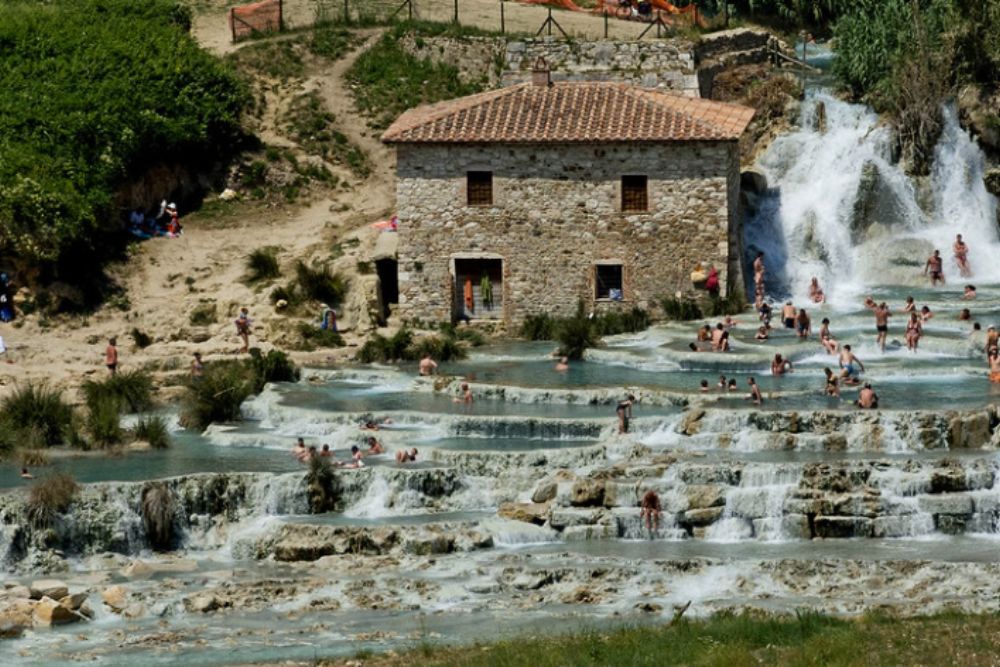
Tuscan hills covered in olive groves and oak forests conceal the source springs that feed the famous white limestone terraces downstream. These woodland origins offer more privacy than the popular tourist destination, with thermal water emerging from forest floors covered in wild herbs and mushrooms.
Wild boar trails lead to hidden pools where the water first surfaces, creating opportunities for wildlife viewing while soaking.
Like Travel Pug’s content? Follow us on MSN.
Laugarvatn Region, Iceland
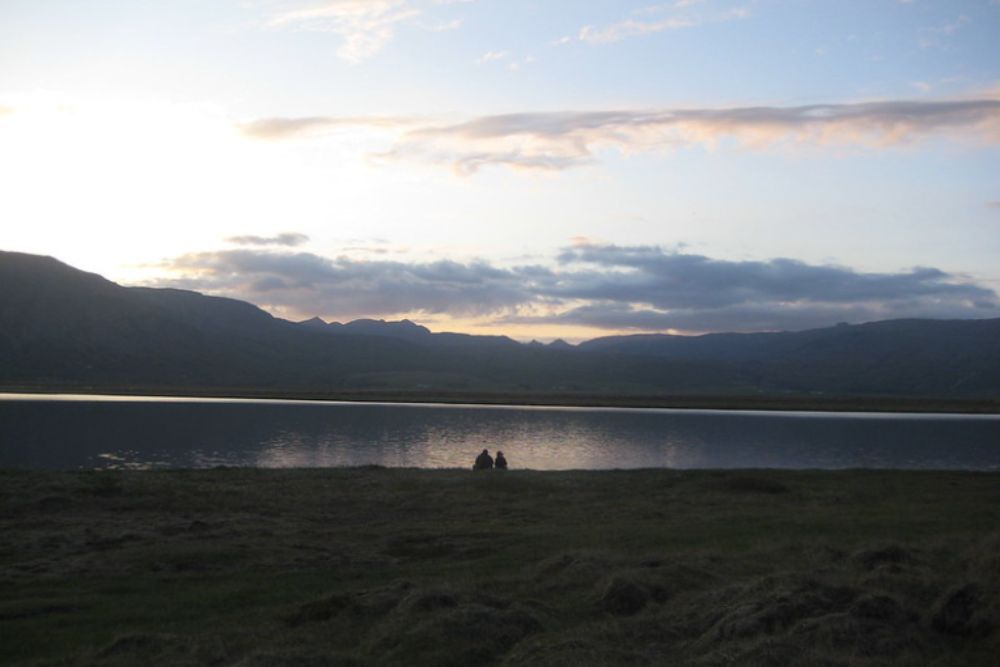
Birch forests and volcanic landscapes surround natural hot springs where Icelanders have practiced traditional wellness rituals for over 1,000 years. The springs emerge near a lake that stays partially unfrozen even during Arctic winters, creating steam clouds that drift through bare birch branches.
Traditional turf houses built near the springs demonstrate how Icelanders integrated thermal resources into sustainable forest communities.
Black Forest Springs, Germany
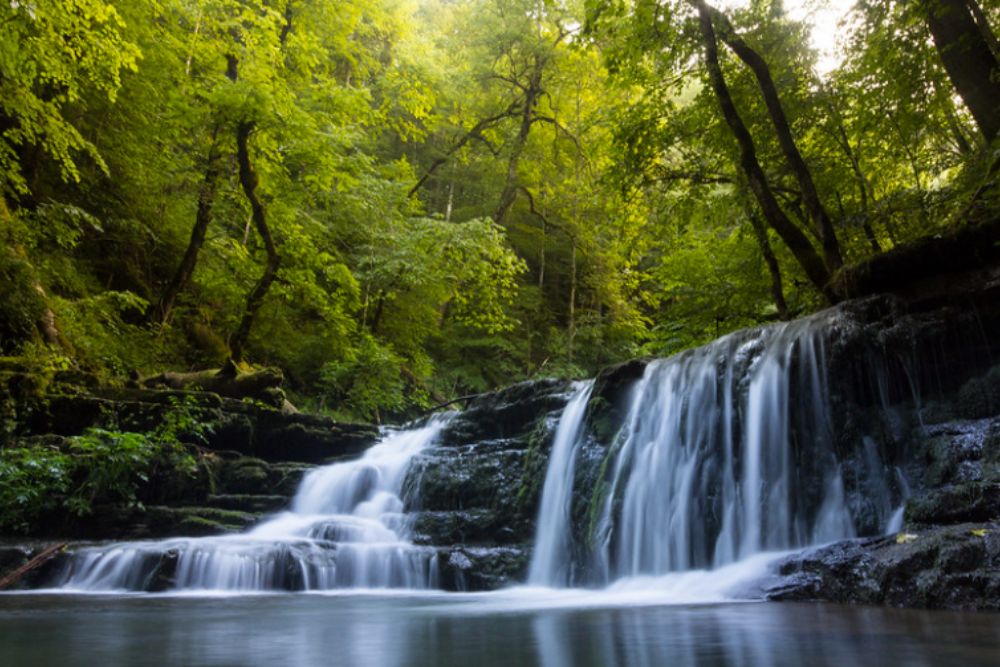
Deep within the Schwarzwald, hidden thermal springs emerge from granite bedrock surrounded by towering spruce and fir trees that create natural privacy screens. These forest sources have supplied Baden-Baden and other spa towns for centuries through engineering systems that the Romans first developed and the Germans perfected.
Mountain streams carrying thermal water support unique ecosystems where tropical plants grow in temperate forests.
Slovenian Alps Hot Springs
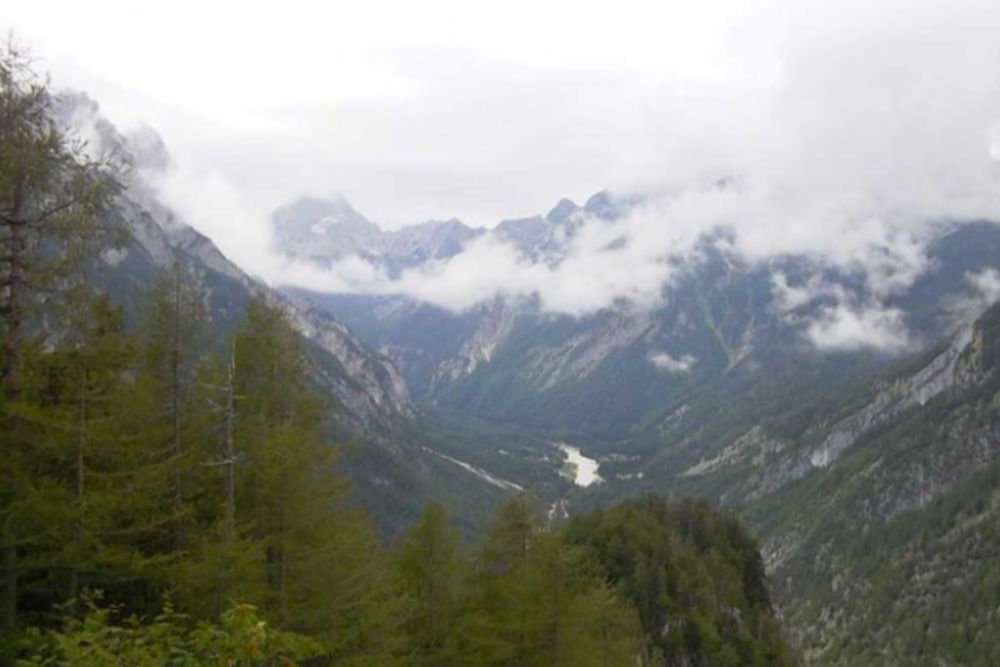
Triglav National Park forests conceal thermal springs where brown bears and lynx leave tracks in mineral mud that hardens around natural pools. The springs emerge at elevations where alpine and temperate forests meet, creating biological diversity that includes plants from both ecosystems growing within yards of each other.
Slovenian mountain guides know locations of springs that remain warm enough for winter use even when snow covers the surrounding landscape.
Like Travel Pug’s content? Follow us on MSN.
Pyrenees Forest Springs, France
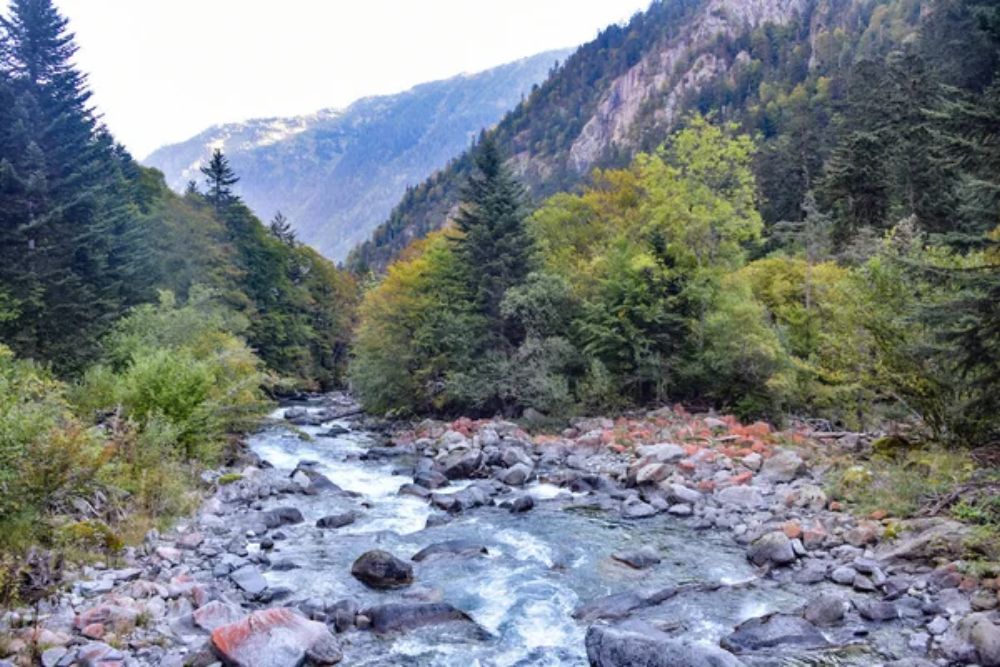
Ancient beech forests on the French-Spanish border hide thermal springs that emerge from limestone caves decorated with formations created by mineral-rich water flowing for millions of years. These woodland sources supply famous spa towns through underground rivers that maintain a constant temperature, regardless of surface weather conditions.
Traditional Basque shepherds built stone channels that still direct spring water to natural pools surrounded by centuries-old trees.
Finnish Lapland Springs
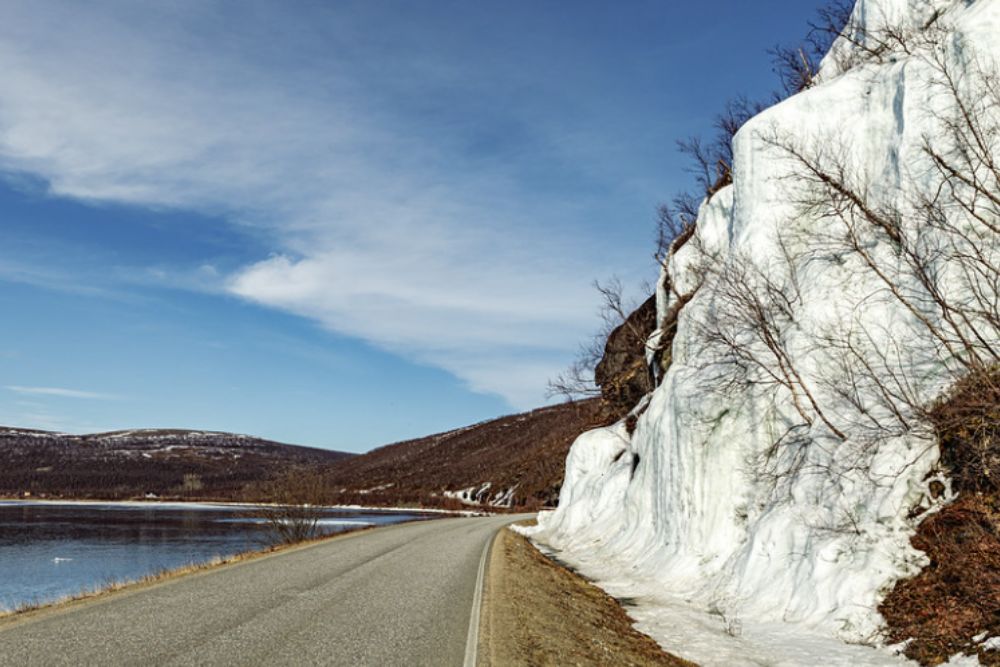
Boreal forests of spruce and pine conceal thermal springs that stay liquid even when Arctic temperatures drop below minus 40 degrees Fahrenheit. Sami reindeer herders have used these springs for centuries, following migration routes that include stops at thermal oases scattered across the vast northern wilderness.
The springs create microclimates where Arctic willows and birches grow larger than anywhere else at similar latitudes.
Viterbo Forest Springs, Italy
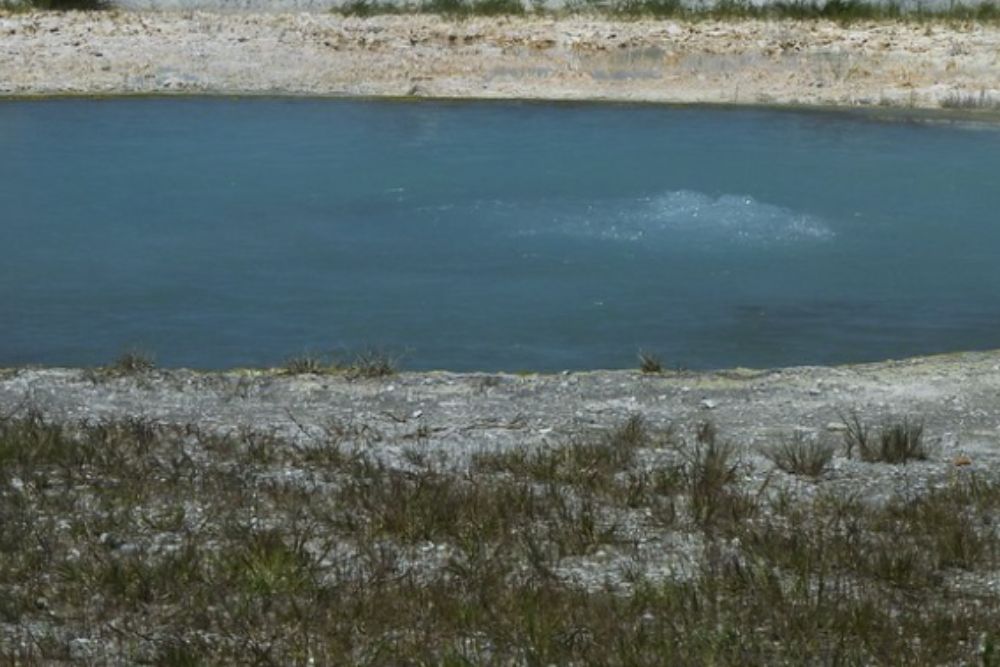
Etruscan settlements developed around these thermal springs, hidden in oak forests north of Rome, with archaeological evidence indicating continuous use for over 2,500 years. The springs emerge from volcanic bedrock that heats underground water to perfect soaking temperatures without the sulfur smell common in other geothermal areas.
Wild boar and deer frequently visit these springs, offering wildlife viewing opportunities that combine wellness with nature observation.
Like Travel Pug’s content? Follow us on MSN.
Polish Carpathian Springs
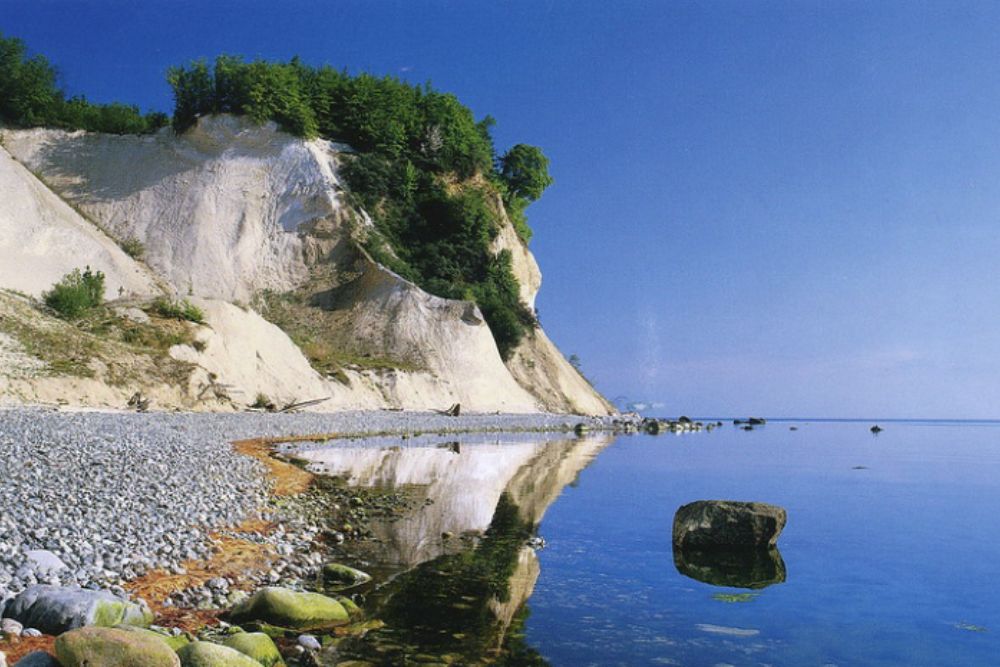
Zasa Lein
Primeval beech forests protect thermal springs where European bison once gathered during harsh mountain winters. These springs maintain temperatures warm enough to prevent freezing even during the region’s notorious cold snaps that can last for months.
Polish mountaineers have built informal soaking pools using stones and fallen logs, creating rustic spas that blend seamlessly with the ancient forest environment.
Norwegian Forest Springs
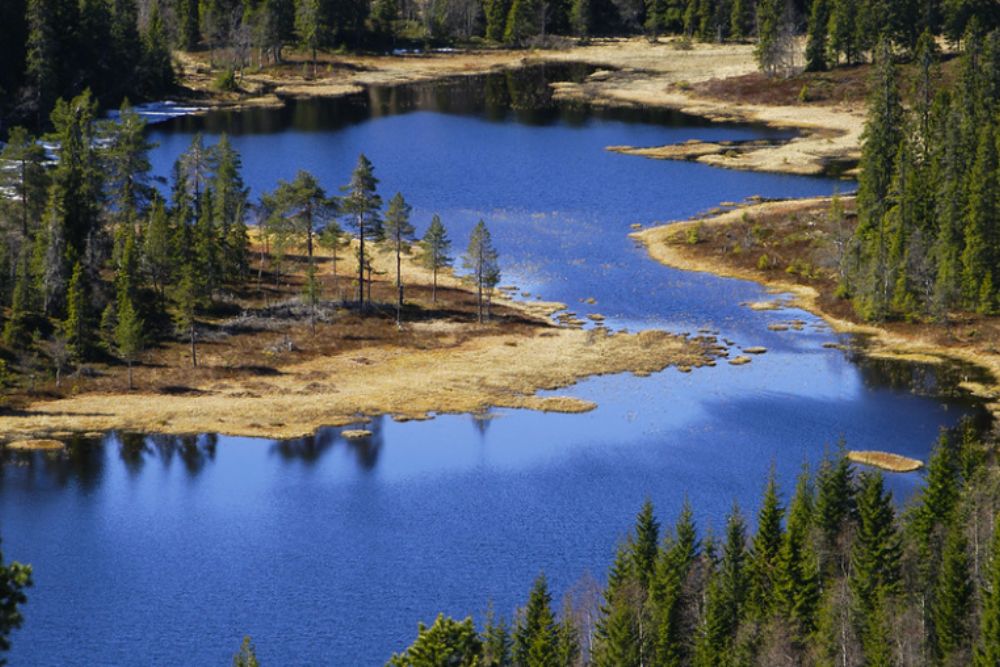
Sub-Arctic spruce forests hide thermal springs heated by deep geological processes that remain active despite the region’s northern latitude. These springs create ice-free zones where moose and other large mammals gather during the harshest winter months, making them excellent locations for wildlife photography.
Traditional Norwegian forest cabins built near some springs demonstrate how Scandinavians integrated thermal resources into woodland survival strategies.
Ardennes Forest Springs, Belgium
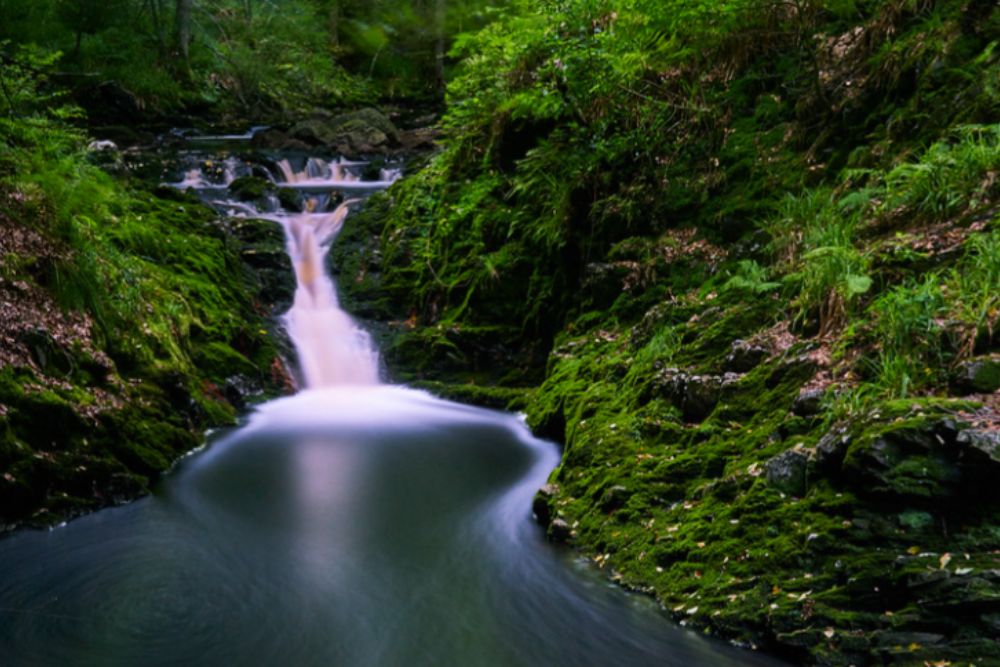
Dense deciduous forests conceal thermal springs that emerge from ancient rock formations worn smooth by water flowing since the last ice age. These Belgian springs maintain moderate temperatures perfect for year-round soaking, while surrounding forests provide privacy and natural beauty that commercial spas cannot replicate.
Wild mushrooms and forest herbs growing near the springs create natural aromatherapy experiences that change with the seasons.
Like Travel Pug’s content? Follow us on MSN.
Wellness Written in Water and Wood
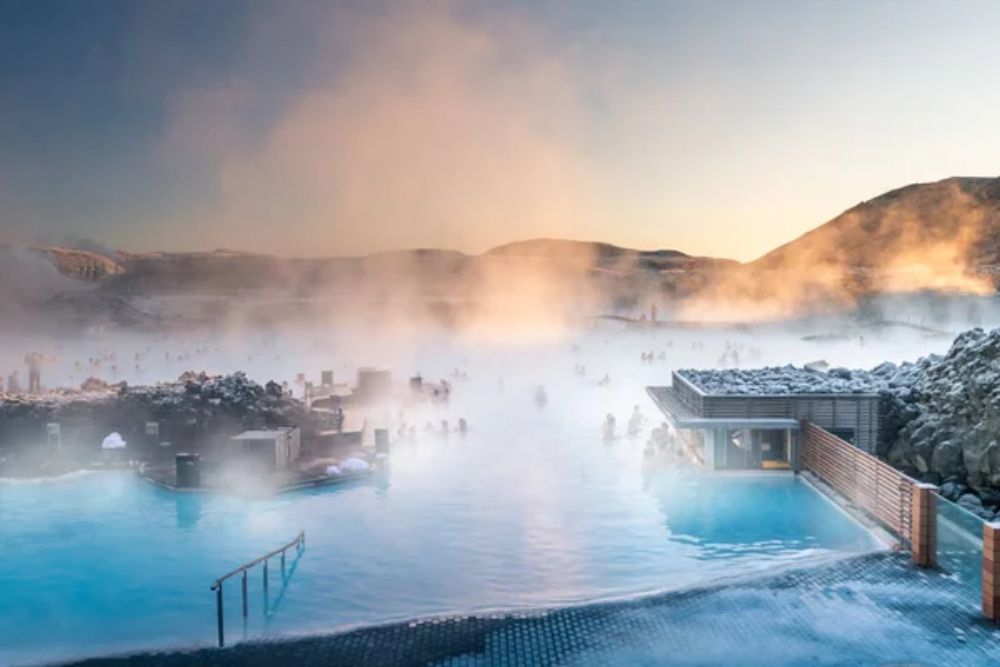
These forest hot springs represent Europe’s oldest wellness tradition, where healing waters and ancient trees created sanctuaries long before humans built their first settlements. While modern spas promise relaxation through artificial environments and expensive treatments, these woodland thermal pools offer something far more profound—a connection to the same natural forces that sustained our ancestors through ice ages and empires.
Their continued existence reminds us that the most effective wellness treatments aren’t found in luxury resorts but in wild places where Earth’s internal fires meet the surface through channels carved by time itself.
More from Travel Pug

- 20 Best Beach Towns in the Carolinas
- 13 Destinations Where Tourists Regularly Regret Their Trip
- 20 Destinations That Are More Magical Without an Itinerary
- 20 Underrated Adventures That Belong on Your Travel List
- 20 Cities Where You Should Just Wing It, No Planning Required
Like Travel Pug’s content? Follow us on MSN.
